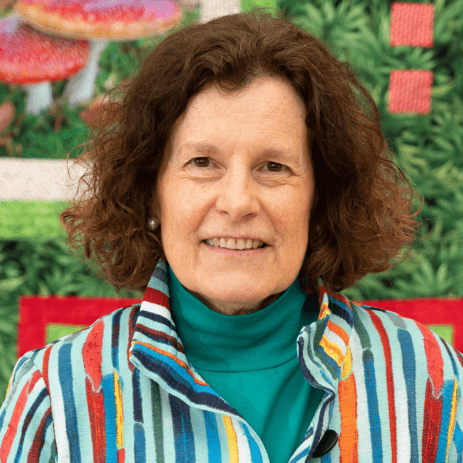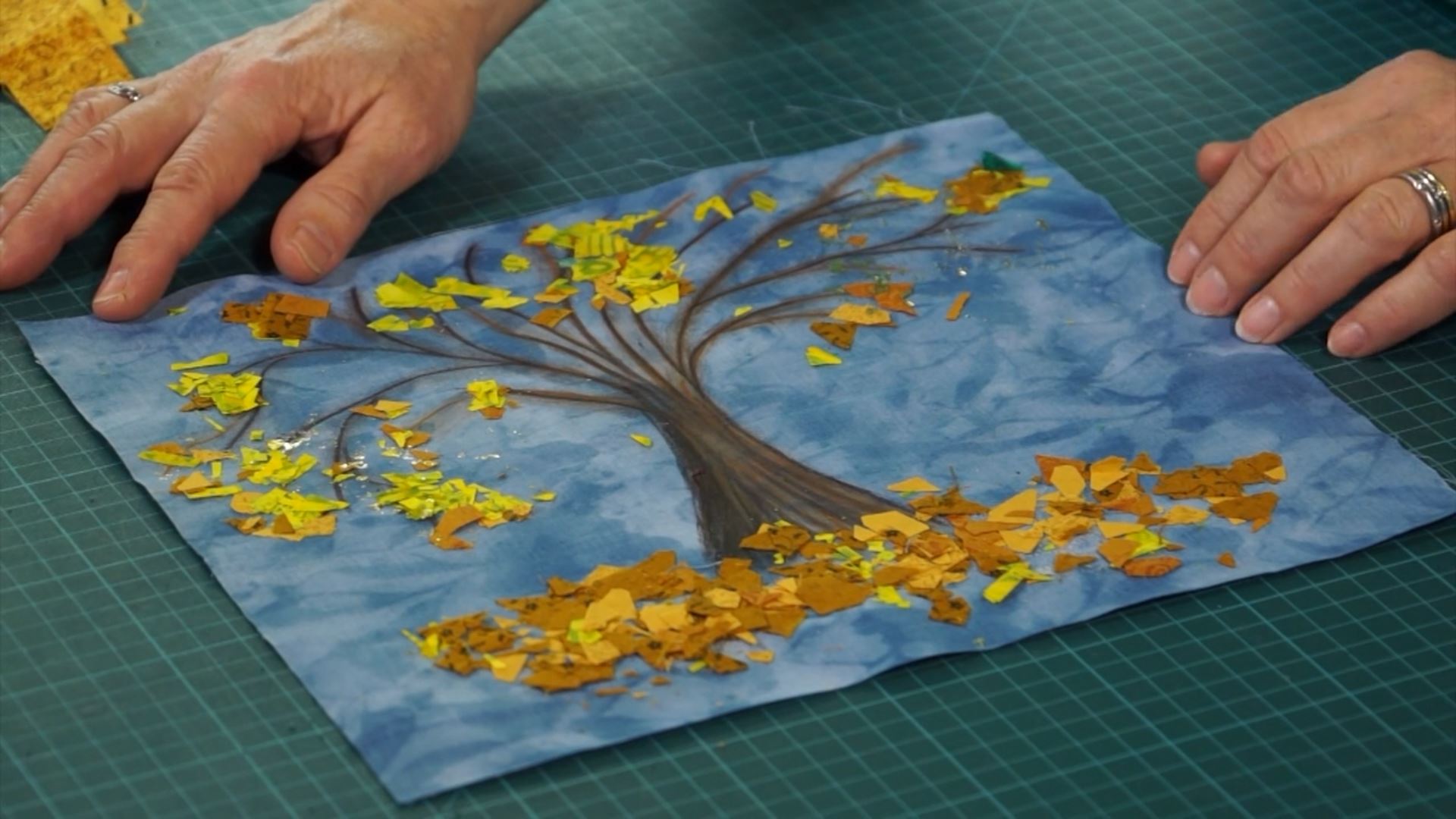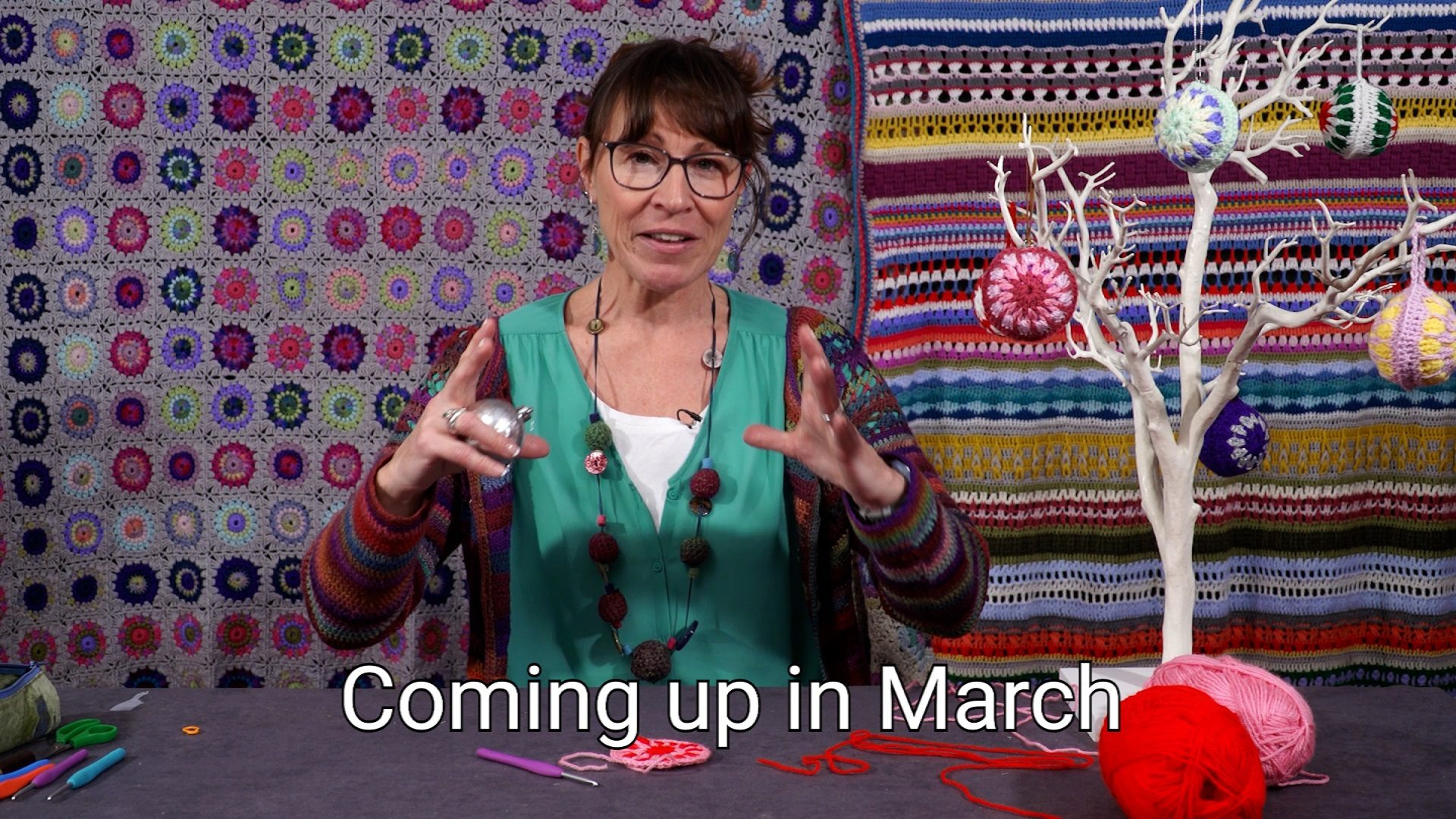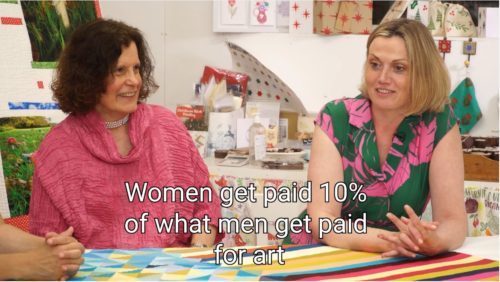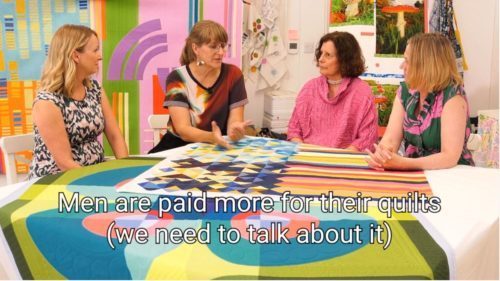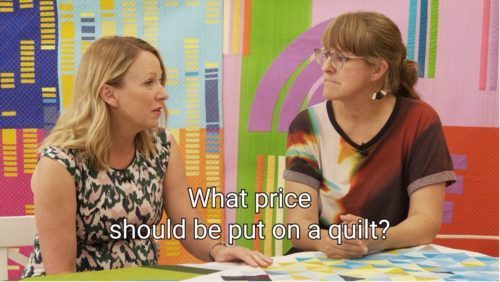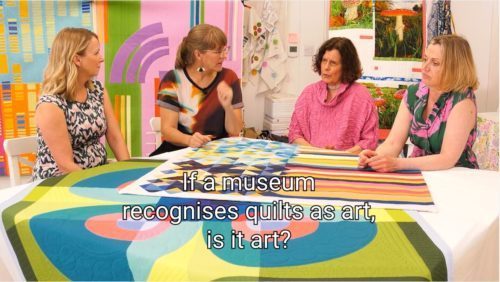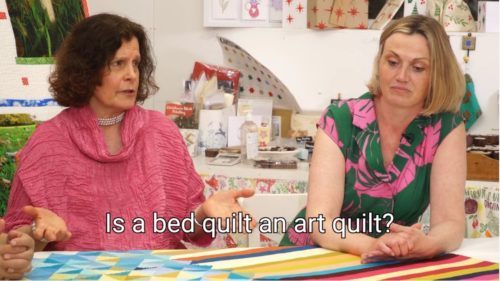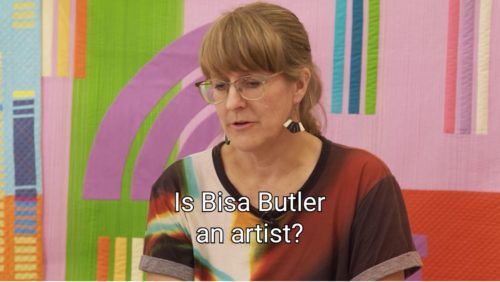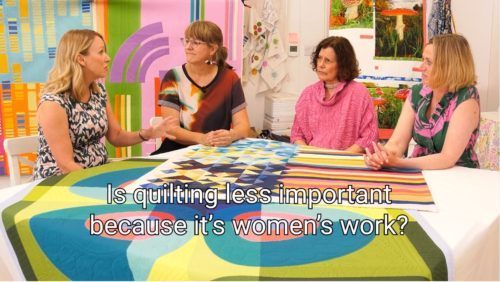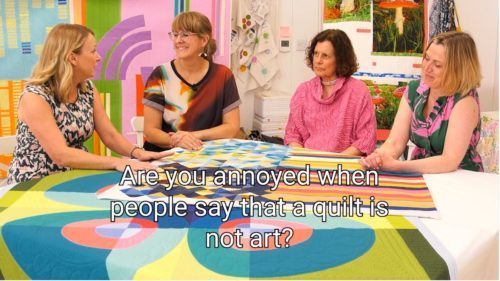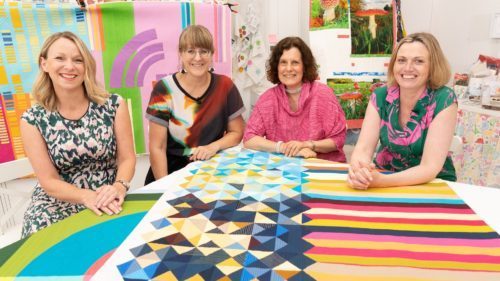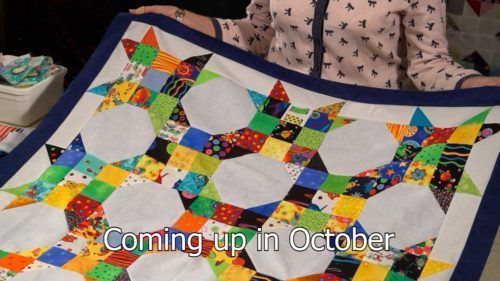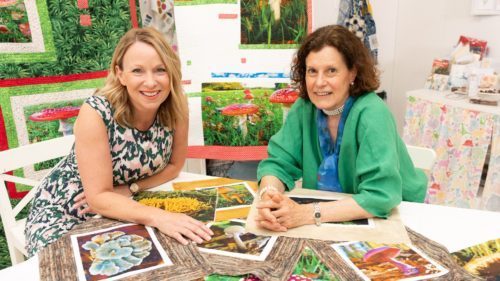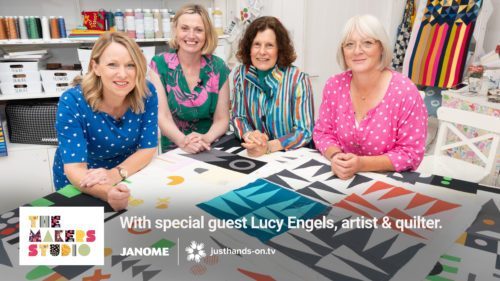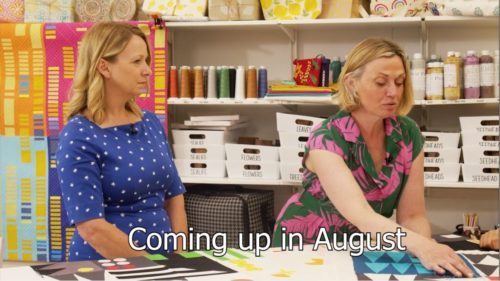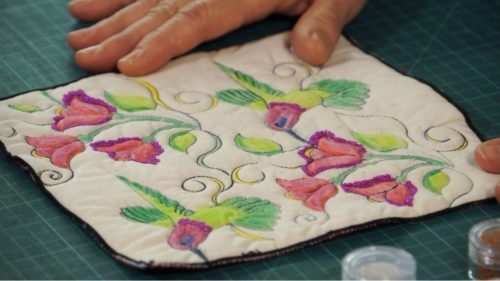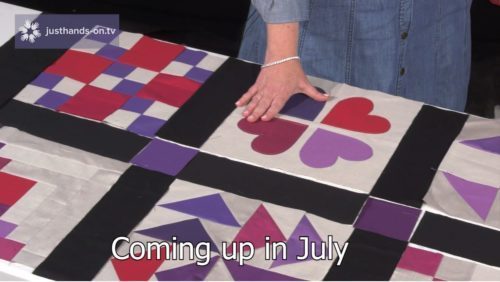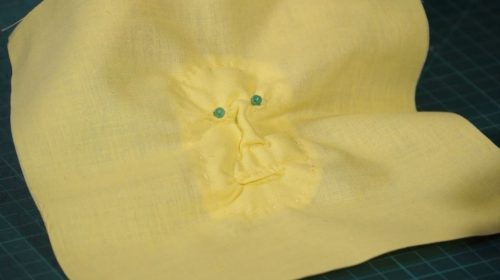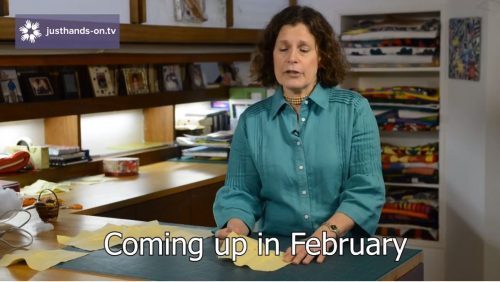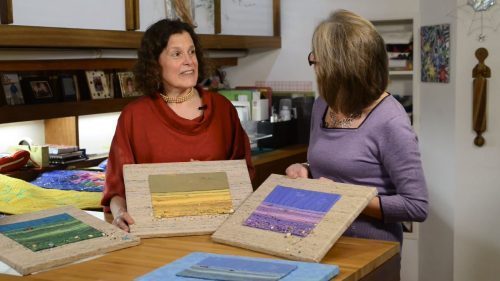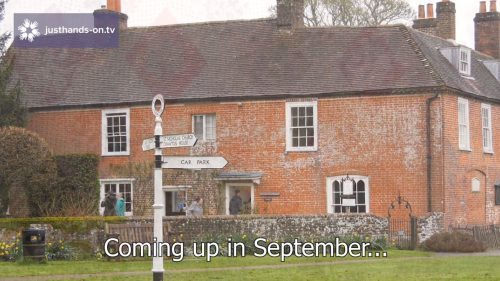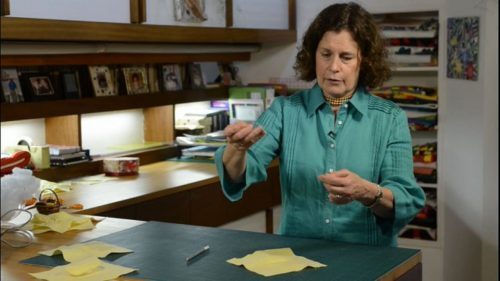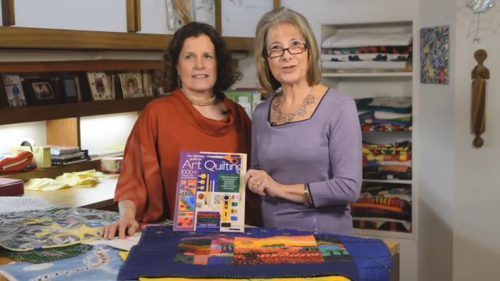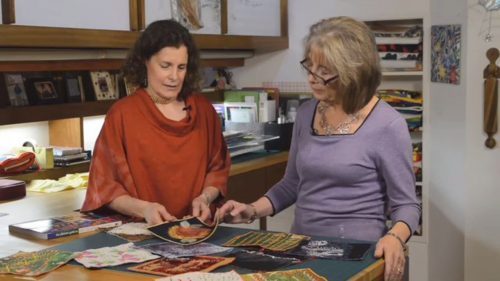About Linda
Linda Seward is an experienced quilter, writer, lecturer, and quilt judge.
Linda’s been doing needlework ever since she learned to hold a needle. She was taught to embroider by her mother and to knit and crochet by her grandmothers. She began to sew her own clothes at the age of 10, but didn’t begin making quilts until she was in her 20s.
Linda attended Livingston College (Rutgers University) where she earned an Anthropology Degree, then switched to Douglas College where she received a Home Economics degree in clothing, textiles, and design. She studied fashion in New York City at Tobe-Coburn School for Fashion Careers before working as a needlework and crafts editor in both America and England. She taught herself the basics of quilting while working as an editor for McCall’s Needlework & Crafts Magazine in New York City. After that, although she edited dozens of books on all types of needlework and crafts for Dover Publications in New York, Linda always felt that she would rather be quilting.
Linda has written twelve books about her favourite subject, quilting, including The Complete Book of Patchwork, Quilting and Appliqué , which has been used as a source book for the British City & Guilds Patchwork & Quilting course and has sold over a quarter of a million copies in several languages. It has recently been updated and reprinted by Search Press. Linda’s latest book, entitled The Ultimate Guide to Art Quilting, is published by Sixth&Spring, New York. She has also published books on puppies, babies, crochet, knitting, and general crafts (under her maiden name, Linda Macho).
Linda has appeared on television and radio shows, and has judged numerous quilt shows around the world. She had a regular column in The Quilter magazine for 20 years, and works now as a freelance writer and photographer as well as being a quilter, of course!
Linda found a new obsession in lockdown during her daily walks: nature photography. According to Linda, “I realised that I didn’t know much about the natural world and resolved to teach myself as much as I could through photography and research. This lockdown project turned into a new obsession as I continue to learn about all aspects of nature from plants, lichens insects, birds and animals to fungi and even slime moulds.”
Linda lives in London and Oxfordshire with her husband and two Border Terriers.
Signature Technique
Art Quilting
Top Tips
- One of the best ways to expose yourself to new techniques is to take a workshop with an expert.
- Add aloe vera gel to heighten the colour of inktense pencils.
- Use confetti fabric and glue granules to get a wonderful confetti applique effect.
- Add a little sparkle to your project with printer foil (make sure that you iron colour side up!).
- Use a silicone pressing sheet to keep your iron clear.
- Give the viewer a gentle surprise by adding soft sculpture faces in your quilt.
Videos
Patterns
Posts
Rotary cutters
I was wondering if you could tell me which rotary cutters Jennie used in the fabric balls video? My cutter needs replacing and I fancy one of the safety ones which become safe when raising the cutter from the fabric. Answer: I think Jennie was using the Trucut range of rotary cutter which has a groove in it and is best used with its own ruler; however Olfa do both sizes 28mm and 45mm cuttter with a self-closing system, and these are readily available from quilt shops (but if in doubt you can contact Isa@creativequilting.co.uk) Want to see the Fabric Balls video? click here:
How do I know if the fabric is cotton?
Do a burn test – I know that sounds dramatic but we aren’t suggesting you set your stash alight!! In essence, cotton fibres ignite as the flame from your match draws near Synthetic fibres curl away from the heat and tend to ‘melt’. Take a few fibres; put into flameproof container with sides maybe, and apply a small flame from a long handled match maybe, and watch what happens.

